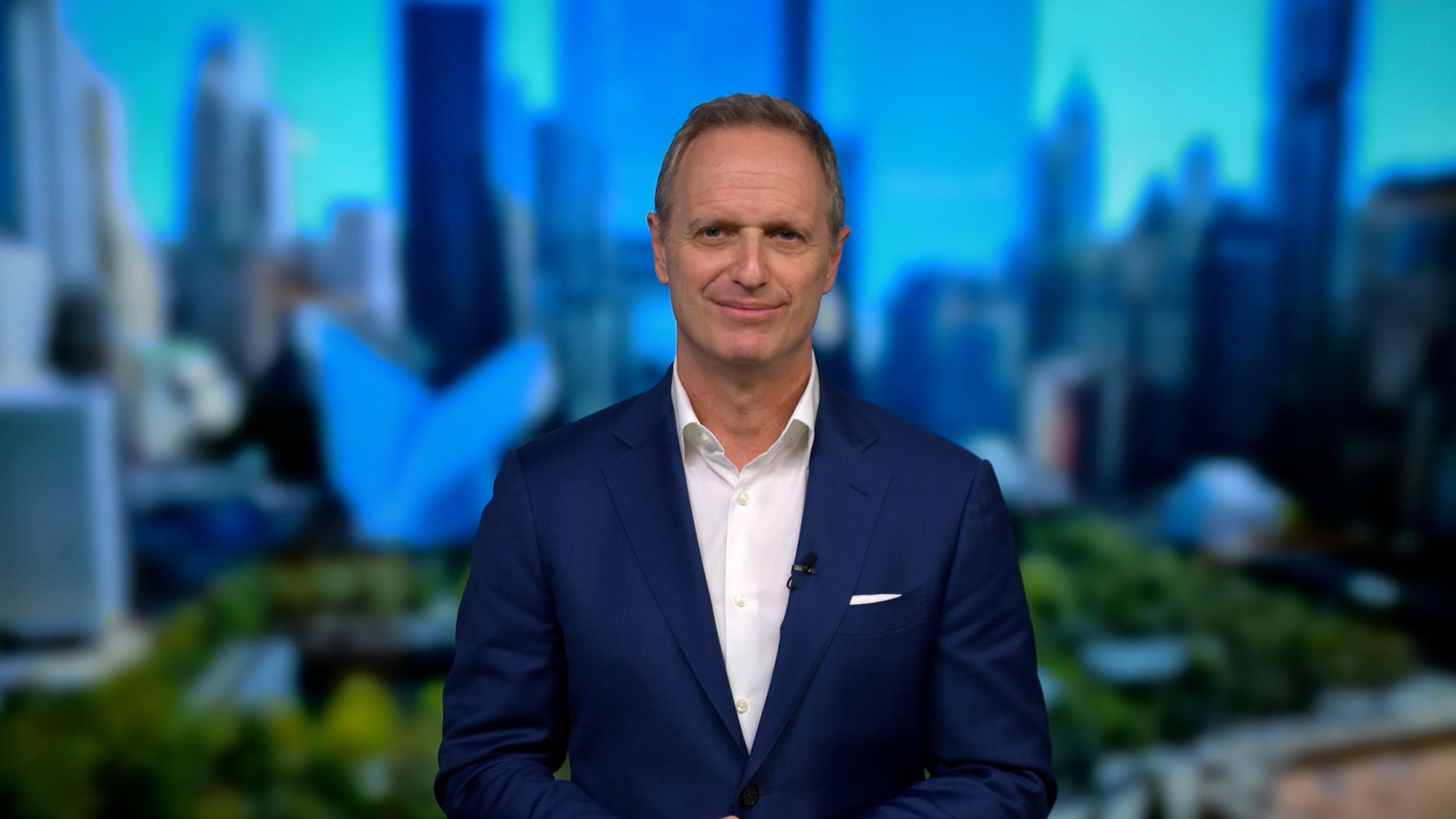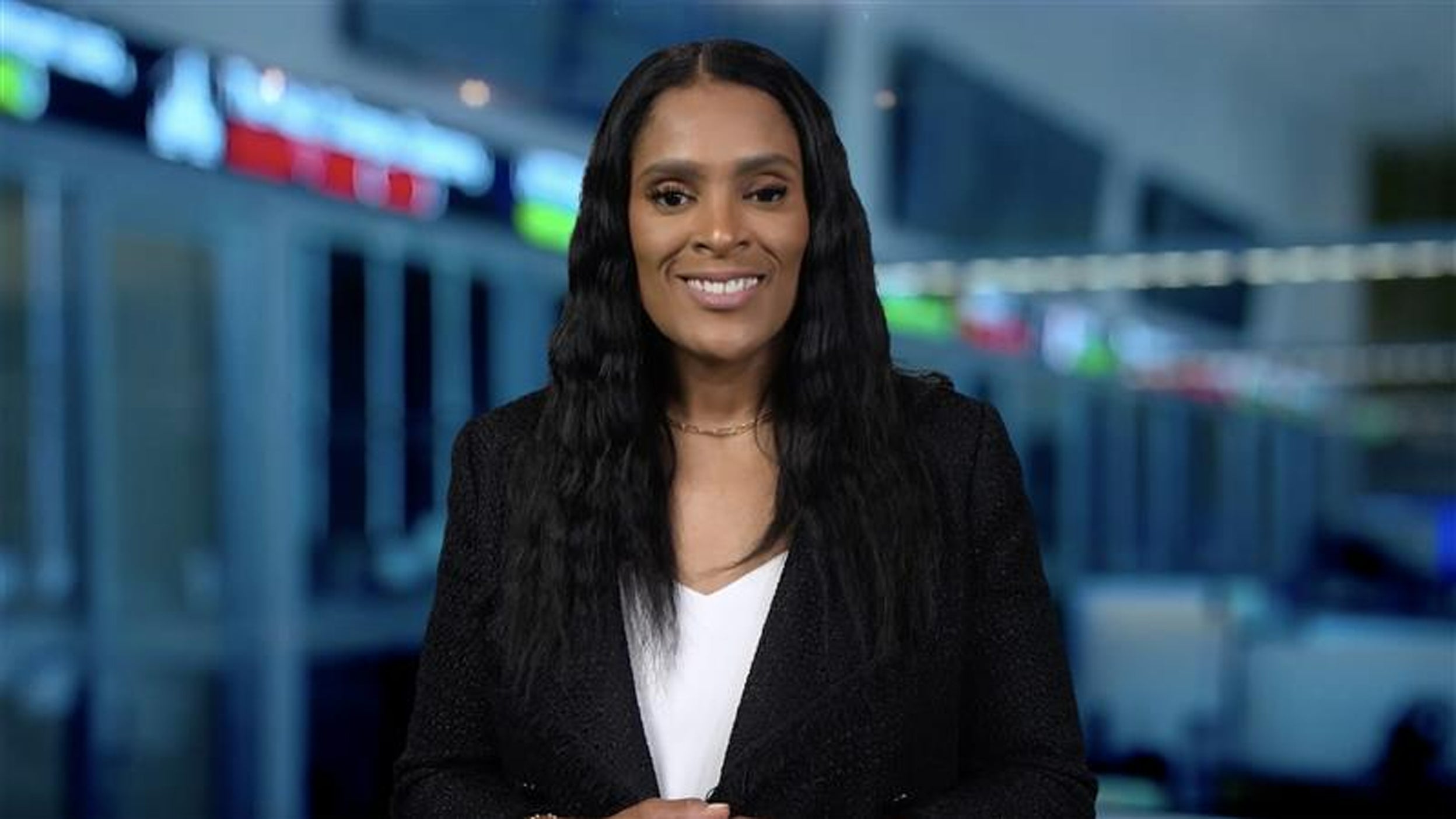
Alternatives Investing with the fear factor
Tariff, trade war, and market volatility headlines can make investors fearful. It's unsettling, but fear can also create opportunities.
Craig Altholz:
Matt, interest rates have been a major driver of volatility at least since 2022, both positive and negative for for bond markets and fixed income returns. Now that we're through the election and now that the fed has started cutting, do you see volatility coming down. And what do you see happening to the shape of the yield curve over the next year.
Matt Brill:
Yeah thanks Craig. The yield curve has been extremely volatile. And particularly a lot of investors were expecting significant amount of cuts in 2024. And while we've gotten 75 basis points of cuts, there's now going to be a question of how many more are left to be done by the Federal Reserve. So we do expect volatility actually to come down.
I think we still need to find out what some of the policy implementations will be done, by the administration. We also need to see what's happening in terms of the U.S. economy. Does it still have the resiliency that we've been experiencing thus far? But overall volatility should come down. And we do expect front end interest rates to come down as well.
So we the fed wants to get to neutral. It's always debatable what neutral is. But we do believe the fed is currently being restrictive. So they're going to want to cut from here. They're going to want to cut ahead of a lot of the policies that are going to be implemented by the administration. They want to get the cuts out of the way, get to a more neutral stance, and then really be reactive to the data as well as the policy implementation that takes place in 2025.
CA:
Thanks, Matt. The markets clearly, you know, whipsawed on the front end and been maybe a bit schizophrenic. And part of that, because the fed has been very data dependent on the back end, say the ten-year yield, that's also been very volatile. We've we've touched five year. We've flirted with with with 5% over the past couple of years.
Where do you see longer dated interest rates going.
MB:
Yeah. So I think one of the biggest things that most investors, get wrong or don't quite always understand, is that the ten year Treasury is not controlled by the Federal Reserve, is controlled by the market. And basically that's an expectation of growth as well as inflation for the future.
So we think that around four, 4.5%, it's basically telling you that the Federal Reserve is going to have at some point here, a positive sloping yield curve. We do expect to have a positive sloping yield curve. It's hard to say that that long in rates will go materially lower, however, because growth is strong and we continue to expect growth to be strong.
For the foreseeable future. So overall, expect the front end to come down. Expect the intermediate to longer end to be somewhat rangebound here around where it is right today.
CA:
And you have seen in the past couple of years when rates have gone up, it really has two impacts. One is the financial conditions tighten and and it slows the economy, right, And the other is that it draws investors back into the market when you have attractive yields. So to a degree I think you've seen longer dated rates have been a bit self-limiting. So as a portfolio manager how do you play rates. It's always a very volatile market. And can it can can seriously impact returns. So what do you do in portfolios to to to kind of take interest rate risk or not take interest rate risk?
MB:
Yeah. So so we generically don't take large interest rate bets. We think it's a difficult thing to get right. We're always going to have a view. But we don't want the portfolio to be just an interest rate portfolio an interest rate bets. We want to make sure that we're putting in what we think our views are on the credit markets and how they're going to be impacted by yields.
And one of the things we've noticed in the last year or a little bit longer, is that higher yields generally is bringing in more demand for credit. So bonds are working inversely, credit spreads are working inversely to, Treasury yields, which is actually a good thing means bonds are acting the way that they're supposed to. With that, we think that there will be a demand for fixed income even if rates go higher.
So we can feel comfortable owning some credit. And if we have a flight to quality, we're going to own less credit in it, because lower yields are going to bring in actually less demand for fixed income. But overall, this balance is good for the market. And something we've been, welcomed or happy to see. It's certainly welcome to it again in 2025.
For US: Not a Deposit | Not FDIC Insured | Not Guaranteed by the Bank | May Lose Value | Not Insured by any Federal Government Agency
All data sourced to Invesco unless otherwise indicated.
Investment risks
Fixed-income investments are subject to credit risk of the issuer and the effects of changing interest rates. Interest rate risk refers to the risk that bond prices generally fall as interest rates rise and vice versa. An issuer may be unable to meet interest and/or principal payments, thereby causing its instruments to decrease in value and lowering the issuer’s credit rating.
Non-investment grade bonds, also called high yield bonds or junk bonds, pay higher yields but also carry more risk and a lower credit rating than an investment grade bond.
The risks of investing in securities of foreign issuers, including emerging market issuers, can include fluctuations in foreign currencies, political and economic instability, and foreign taxation issues.
The performance of an investment concentrated in issuers of a certain region or country is expected to be closely tied to conditions within that region and to be more volatile than more geographically diversified investments.
The opinions expressed are that of Invesco Fixed Income and may differ from the opinions of other Invesco investment professionals. Opinions are based upon current market conditions, and are subject to change without notice. As with all investments, there are associated inherent risks. Please obtain and review all financial material carefully before investing. Asset management services are provided by Invesco in accordance with appropriate local legislation and regulations.
Basis Point: A basis point is a unit that is equal to one one-hundredth of a percent.
Yield Curve: A yield curve is a curve showing several yields to maturity or interest rates across different maturity lengths for a similar debt contract.
Credit Spread: is the difference in yield between bonds of similar maturity but with different credit quality.
For US audiences:
All data provided by Invesco unless otherwise noted.
Invesco Advisers, Inc. is an investment adviser; it provides investment advisory services to individual and institutional clients and does not sell securities. Invesco Distributors, Inc. is the US distributor for Invesco’s retail products. Both are indirect, wholly owned subsidiaries of Invesco Ltd.
©2024 Invesco Ltd.
All rights reserved.
For Canadian audiences:
Commissions, trailing commissions, management fees and expenses may all be associated with mutual fund investments. Mutual funds are not guaranteed, their values change frequently, and past performance may not be repeated. Please read the simplified prospectus before investing. Copies are available from your advisor or from Invesco Canada Ltd.
Most references are US centric and may not apply to Canada. All data is USD, unless otherwise stated.
Publication date: Dec 6, 2024
Invesco® and all associated trademarks are trademarks of Invesco Holding Company Limited, used under
license.
©2024 Invesco Canada Ltd
Invesco is a registered business name of Invesco Canada Ltd. Invesco Canada Ltd. is an indirect, wholly owned subsidiary of Invesco Ltd.
This document is issued in:
NA406920
In an outlook on the yield curve, explore insights on front-end rate cuts, long-term yield trends, and how volatility may settle and what’s next for fixed income markets in 2025.

Tariff, trade war, and market volatility headlines can make investors fearful. It's unsettling, but fear can also create opportunities.

Municipal bonds, with their compelling yields and value, can help diversify a portfolio and mitigate risk in an uncertain environment.

High-quality bonds have provided a much-needed stabilizing force in portfolios during recent market volatility. Stephanie Larosiliere, Head of Fixed Income Business Strategy & Development, North America, explains how.
NA4211381
The opinions expressed are that of Invesco Fixed Income and may differ from the opinions of other Invesco investment professionals. Opinions are based upon current market conditions, and are subject to change without notice. As with all investments, there are associated inherent risks. Please obtain and review all financial material carefully before investing. Asset management services are provided by Invesco in accordance with appropriate local legislation and regulations.
All data provided by Invesco unless otherwise noted.
This link takes you to a site not affiliated with Invesco. The site is for informational purposes only. Invesco does not guarantee nor take any responsibility for any of the content.